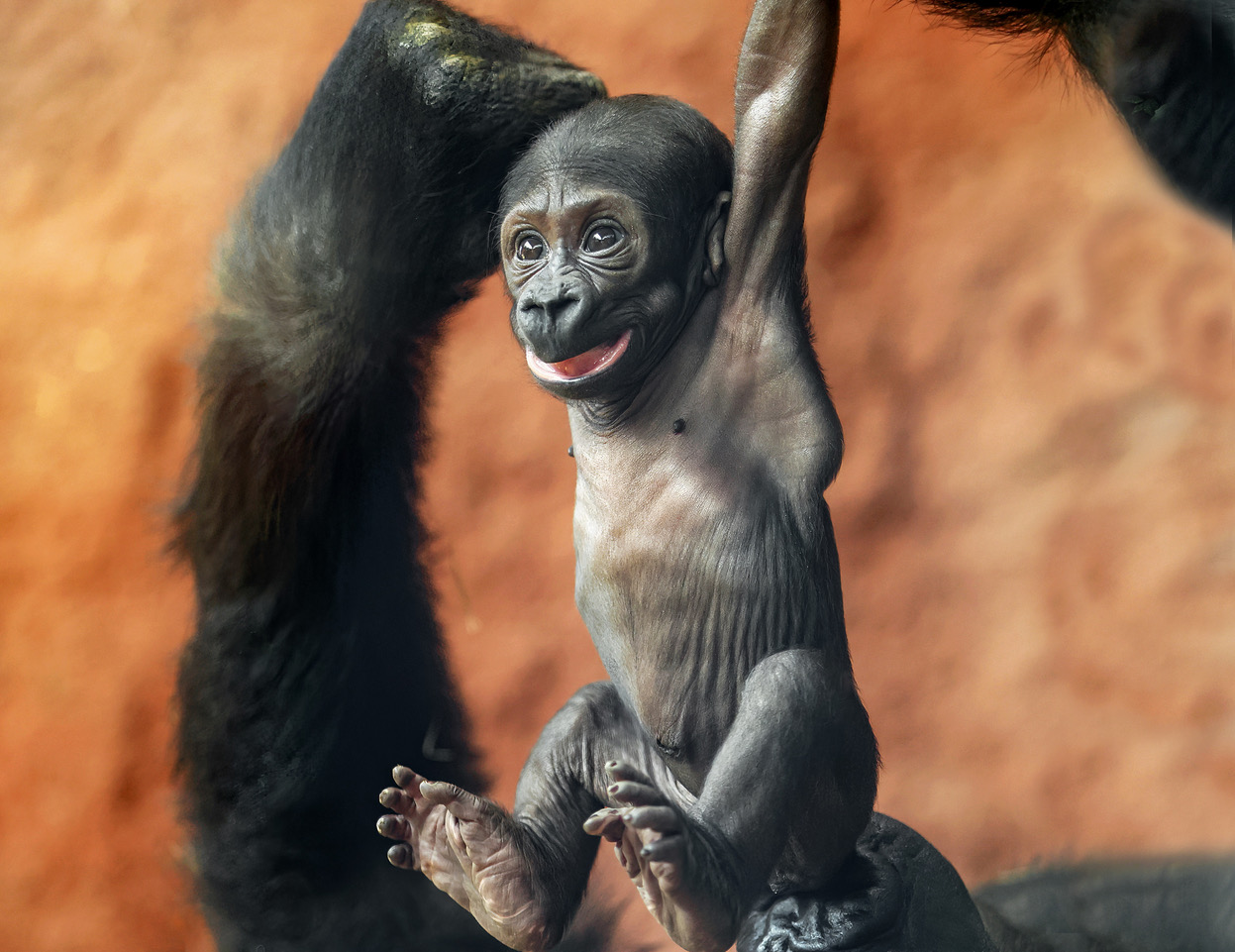
According to the book of Genesis, Noah’s Ark was 300 feet long and 50 feet wide. Converted to current units, it measured roughly 135 to 22 metres. Squeezing a pair or even seven pairs of all animal species on to it must had been a completely impossible task.
Likewise, it is unthinkable that zoological gardens would become the Noah’s Ark that would bring salvation to all endangered animal species. There are too few of them and they are too small for that. Sure, they have managed to save some species. The shining example may be Przewalski’s horse, which owes its survival to a large extend to our Prague Zoo. But we have to accept that all who are in need can’t be saved by zoos.
However, zoos can also help in another way, by protecting the endangered species directly in the areas of their occurrence, in situ. Compared to “Noah’s Ark” this approach has at least two major advantages. First, it is far better to prevent extinction of a given species than with difficulties return it back to the wild afterwards (which in some cases is not even possible). Secondly, the protection of the environment, which the given species inhabits, goes hand in hand with in situ conservation, and therefore many, many other organisms are also protected.
Our effort in Cameroon may be the example of the second approach. The “flagship species” for us there is western lowland gorilla, however, when we try to reduce poaching and forest destruction, we are also benefiting so many other species that listing them would take a substantial part of the space allotted for this text.
In this sense, the lowland gorillas in our zoo are a certain kind of ambassadors of wild nature. Thanks to their presence we win over the public to the idea of their protection – and thanks to their presence we also manage to raise funds for work in Cameroon. However, we have a number of such ambassadors in the zoo. For example, pangolins.
Of course, we have to create optimal living conditions for these “ambassadors of wild nature”. It is not only about the space or the optimal composition of the food, but also about living in natural social groups, being able to have young and having enough external stimuli. This is done by so-called enrichment, which can take many forms, from hiding treats to complex puzzles.
At the same time, it is extremely important that the presence of these ambassadors is meaningful. They must be visible, we have to talk about them, we have to bring them closer to people. The fact, that they have names and that we can talk about them as about personalities, also helps us achieve this. After all, what kind of ambassador would it be if he remained hidden in anonymity?
Caption:
One of the “ambassadors of wild nature” in Prague Zoo is also the gorilla baby, born less than a month ago. On Saturday, May 11, at 11 am it was baptised by the famous primatologist and conservationist Jane Goodall.
Photo Kateřina Jíšová

